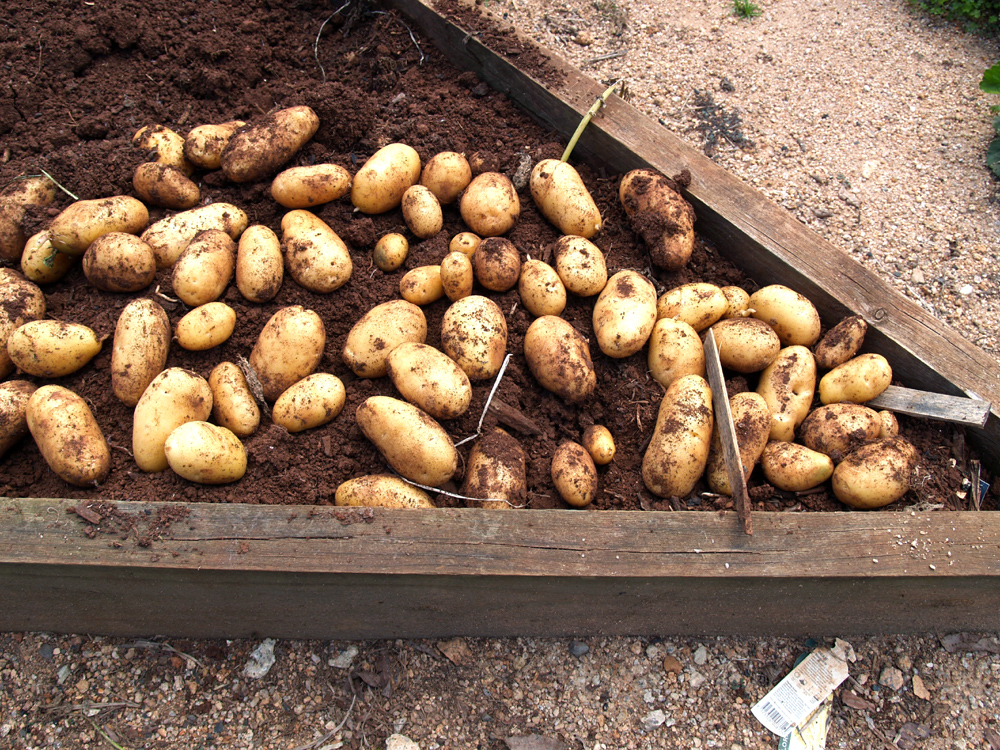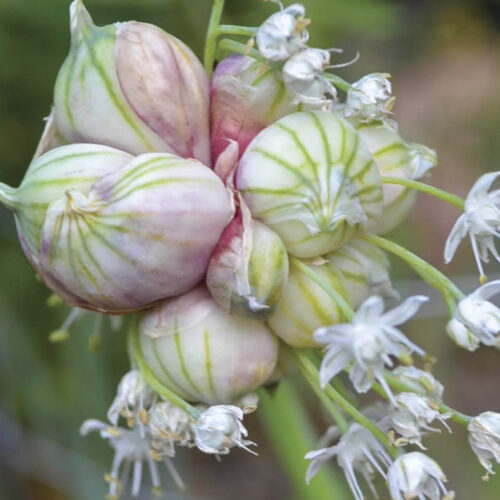To Chit, or Not to Chit?
2012-08-14T11:37:30+10:00
To chit or not to chit? That is the question for home growers at this time of the year, so JUSTIN RUSSELL explains the process of chtting, and outlines its benefits.
Ever come across the word “chitting”? No, it’s not a typo. Chitting is actually an old fashioned gardening term that describes the process of exposing seed potatoes to light, which encourages them to shoot before being planted into the ground.
You’ve probably chitted by accident, but here’s how the technique works if you want to do it deliberately. Grab yourself a couple of egg cartons, pop a seed potato in each segment, and place the cartons in a warmish, dry, well lit position indoors. In a couple of weeks shoots will start appearing from the potato “eyes”. When they’re about three centimetres tall, rub off all but the strongest two shoots on each potato, and plant them into prepared ground.
The question is, does the technique actually achieve anything. Truth be told, chitting isn’t strictly necessary – spuds will shoot and grow without being chitted – but it’s one of those traditional practices that actually has a couple of genuine benefits beyond making the gardener feel like they know what they’re doing. The most obvious is that chitted potatoes get a head start on the season.
In my climate, where frost can strike right up until the end of October, I like to start my spuds in early September. Usually they sulk for a couple of weeks, before emerging from the soil and growing on strongly as the weather warms up. Chitted potatoes, on the other hand, do some of their growing inside, protected from the frost so when they get into the ground they take off like a greyhound after a bunny. As a consequence, chitted spuds can be ready for harvest at least a couple of weeks before un-chtitted spuds, which is an important consideration for an impatient spud lover such as myself. If you’re gardening in a place with a long growing season, however, chitting is probably a bit pointless.
Beyond this, there are suggestions that chitting can improve yield. The theory is that the gardener can direct a potato plant’s energy into just one or two shoots, rather than four or five. This probably helps a bit, but in my experience it’s more important to prepare the soil well, using plenty of rotted manure or compost, along with some blood and bone or pelletised chook fertiliser.
Having said all this, I’m planning to chit my spuds this year. For two springs in a row my young potato plants have been burnt off by October frosts, so I think this year I’ll try and get a head start by chitting. Whether it helps remains to be seen, but I look at it this way: at least it can’t hurt.






